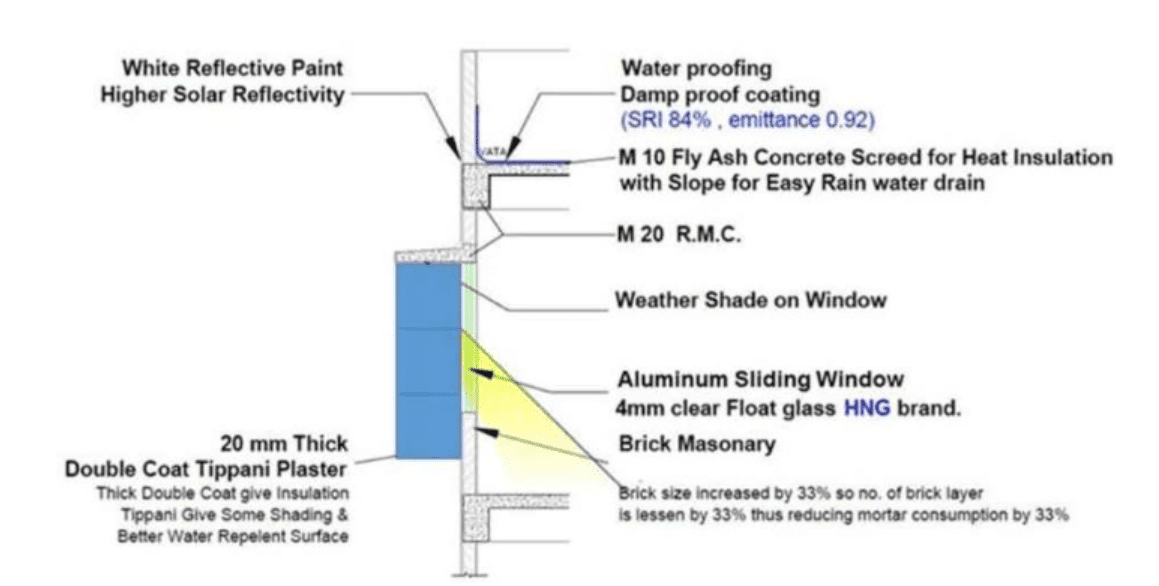Psychiatric Rehabilitation Association CPRP - Certified Psychiatric Rehabilitation Practitioner
Total 126 questions
An individual with a history of substance abuse and problems with anger management has been living with his family for the last four years. His parents told him that he must stop using drugs or move out. When discussing his situation with the practitioner, the individual becomes angry and threatens that he will hurt his family. What is the best initial action for the practitioner?
One important criterion for establishing an evidence-based practice is that findings:
An individual living in an agency-owned residence is not following the rules of the house. After multiple warnings, the individual continues to break the rules. He expresses dissatisfaction with the residence. The infractions are causing a safety risk for others in the home. The agency's BEST approach would be to
After determining that the individual is ready for rehabilitation, which of the following is the next best step?
An individual is apprehensive about enrolling in a psychiatric rehabilitation program. What should the practitioner focus on during the first meeting?
The detail below is presented by the client.

What strategy is good for embodied energy saving?
The values that should be inherent in Supported Education programs are hope, dignity, and:
An individual with a psychiatric disability complains that her medication is making her too drowsy, even though it stops the distressing voices she hears. When using self-disclosure, the practitioner should:
Wellness Coaching is a conscious, deliberate process that requires a person to become aware of and make choices for
Four individuals have been living together in a group home for six months. Recently they have been arguing about agreed upon rules for maintaining their residence. Which of the following is the next BEST course of action for the practitioner to take?



